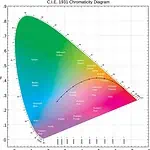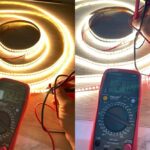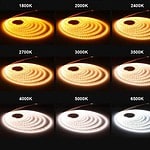Most in the lighting world are aware of CRI, also known as Color Rendering Index. It can best be described as the quantitative measure of the ability of a given light source to reveal the colors of various objects faithfully in comparison with an ideal or natural light source. The higher the CRI value of a light source, the more accurate the color appearance of a given object.
CIE Ra’s ability to predict color appearance has been criticized in favor of measures based on color appearance models, such as CIECAM02 and the CIE metamerism index for daylight simulators. CRI is not a good indicator for use in the visual assessment of light sources, especially for sources below 5000 kelvin (K). New standards, such as the IES TM-30, resolve these issues and have begun replacing the usage of CRI among professional lighting designers. However, CRI is still typical among household lighting products.
TM30-15 Contains 3 Main Components
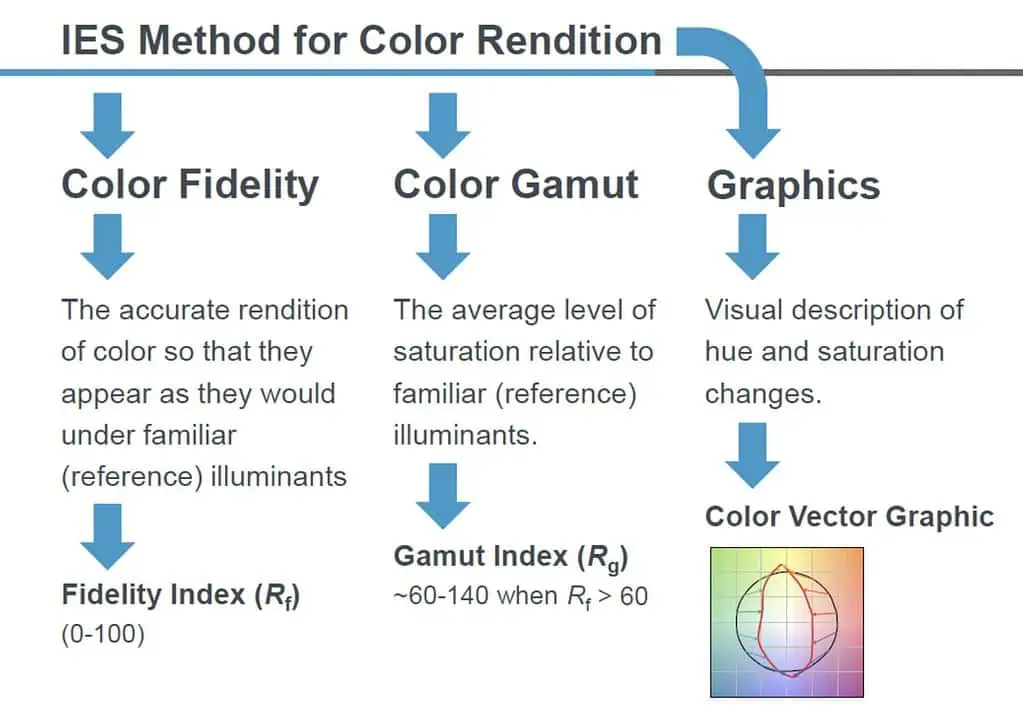
- Rf: Analogous to CIE Ra (CRI). Characterizes the average color shift of the 99 CES to characterize the overall level of similarity between the test source and reference illuminant. Values range from 0 to 100.
- Rg: Compares the area enclosed by the average chromaticity coordinates in each of 16 hue bins to characterize the average saturation level of the test source compared to the reference illuminant. A neutral score is 100, with values greater than 100 indicating an increase in saturation and values less than 100 indicating a decrease in saturation. The range in values grows as fidelity decreases.
- A graphical representation of Rg to visually represent which colors are washed out or more vivid due to the light source. It contains Color Vector Graphic, Color Saturation Graphic.
Color Vector Graphic: Provides a visual representation of hue and saturation changes based on the average rendering in each hue bin, relative to the reference. The graphic provides a quick understanding of how different hues are rendered in different ways.
Color Saturation Graphic: Provides a simplified visual representation of only saturation changes based on the average performance in each hue bin.
CRI VS TM-30-15
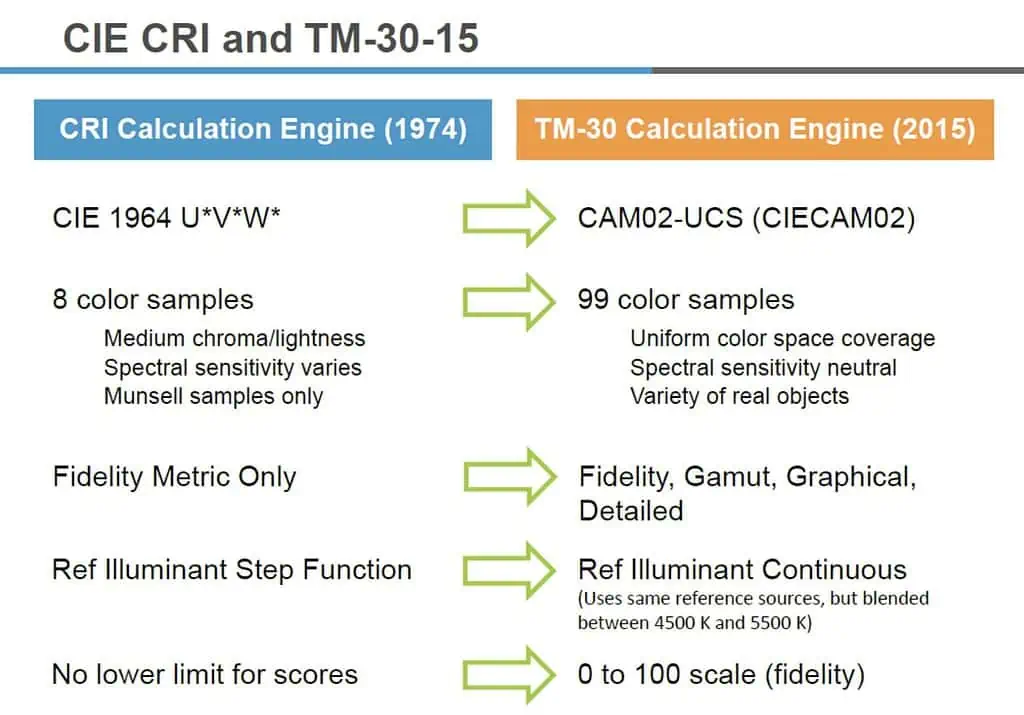
| CIE 13.3-1995 (CRI) | IES TM-30-15 | |
| Year of Issuance | 1965, 1974 (Revision), 1995 | 2015 |
| Color Space | CIE 1964 UVW* | CAM02-UCS (CIECAM02) |
| Number of Color Samples | 8 general (for Ra) plus 6 special (for Ris) | 99 |
| Color Volume Coverage | Limited | Full and equal |
| Saturated Samples | No | Yes |
| Sample Types | Munsell samples only (limited pigments) | Variety of real objects |
| Sample Spectral Uniformity | No | Yes |
| Reference Illuminants | Blackbody radiation, CIE D series | Blackbody radiation, CIE D series |
| Reference Transition | Sharp at 5000 K | Blended between 4500 K and 5500 K |
| Output Measures | General index, Ra (fidelity) 6 special indices, Ri (fidelity) | Fidelity Index, Rf Gamut Index, Rg Color Vector/Saturation Graphics 16 hue-based fidelity indices 16 hue-based chroma indices 1 skin-specific fidelity index 99 individual fidelity values |
| Score Ranges | Max 100 with no lower limit, variable scaling | 0 to 100, consistent scaling |
Why is TM30-15 important?
- CRI can be found on lamps everywhere today and is not going away right now. The IES is still waiting for feedback and will most likely adjust to TM30-15 before replacing CRI.
- TM30-15 will most likely be used sporadically, especially in applications where color rendering is a prime concern (specifiers, retail shops, etc.).
- Related to TM30-15, CRI can be cheated, as it only compares 9 to the 99 colors TM30-15 corresponds. So if you engineer your product’s output to those 9 colors, you can inflate your score without improving the quality of the light source.
Specifiers
- TM-30-15 is an approved method. Use it and provide feedback to help it reach maturity.
- Choosing a “better” light source may be more challenging but also more rewarding.
Below are some visuals that detail the changes as you alter the various metrics listed above, such as Rf, Rg, and CRI, and comparisons of color vector graphs.
Additional Resources
LEDYi is a professional LED light strip manufacturer, we produce high quality LED light strips and LED Neon Flex. You and check the below resources to understand TM-30-15 better.
Evaluating Color Rendition Using IES TM-30-15
Understanding and Applying TM-30-15
LEDYi manufactures high-quality LED strips and LED neon flex. All of our products go through high-tech laboratories to ensure the utmost quality. Besides, we offer customizable options on our LED strips and neon flex. So, for the high CRI Ra98 full spectrum LED strip and LED neon flex, contact LEDYi ASAP!


